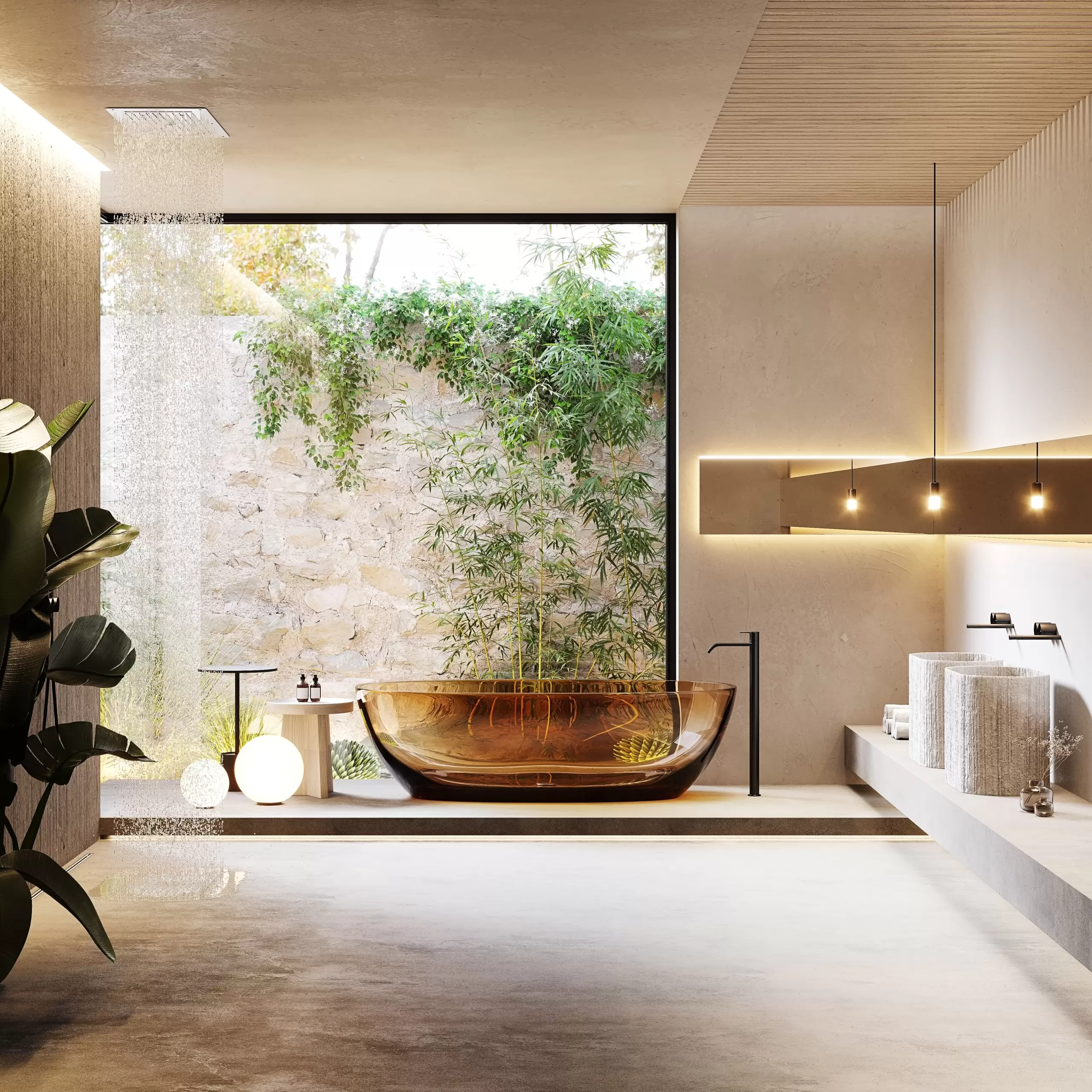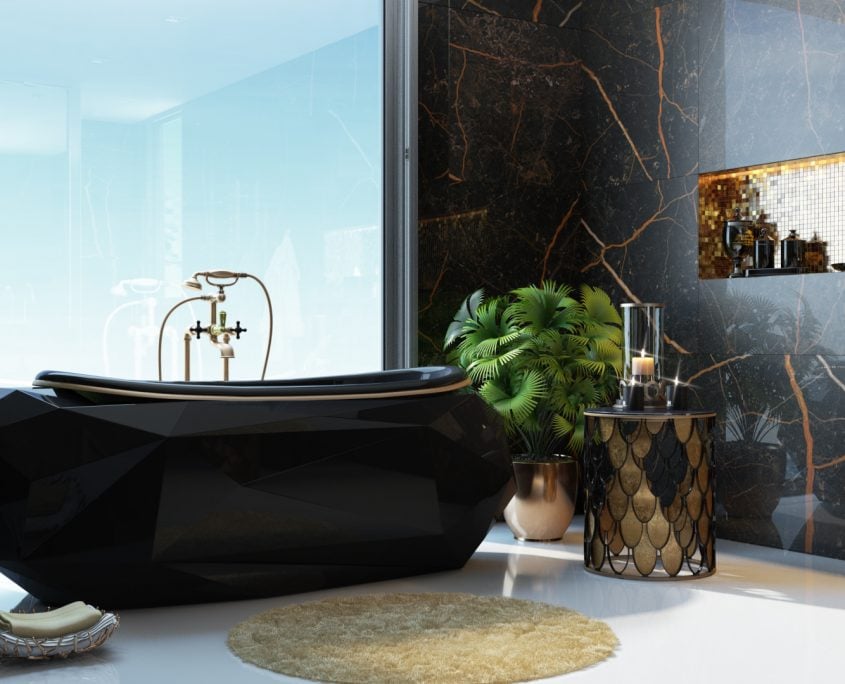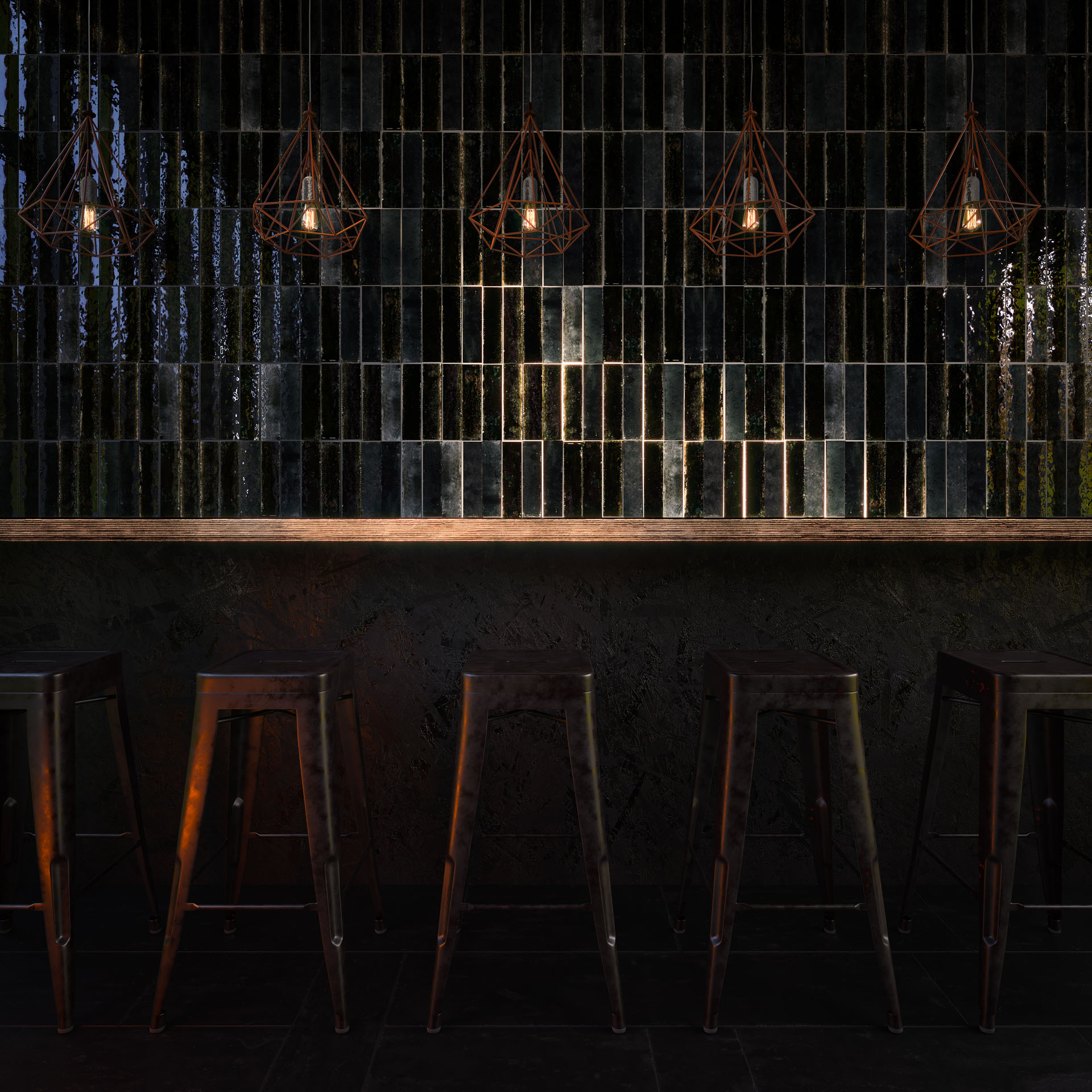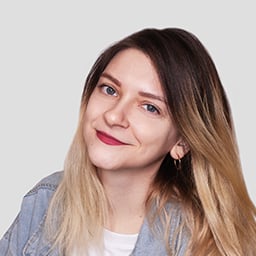Furniture renders are often mistaken for product photos thanks to their remarkable quality and realism. To the untrained eye, there is no difference between a photo and professional 3D visualization. Though the same can’t be said about production speed and workflow.
So when a photoshoot gets canceled yet again because of unexpected issues, furniture retailers and manufacturers go straight to 3D product rendering companies. Luckily, they always save the day and produce CG images just in time. Actually, experienced retailers don’t even wait for the prototypes to be produced — they get perfect furniture renders even earlier, and manage to find customers from the very beginning of the promotional campaign.
We owe this amazing photorealistic quality to the CGI power. How is that even possible? Let’s see how 3D technologies allow furniture retailers and manufacturers to create top-notch marketing imagery.
The 3D rendering process involves many stages, which are also typical for professional photography. One major difference though is that 3D furniture renders are made with the help of software, whereas photography requires the money and time-consuming organization of a photoshoot.
Let’s now dig deeper into the process to understand how professional 3D rendering artists create CG images of such startling realism.
#1. Smart Lighting System

When it comes to photorealism, lighting is vital for avoiding the flatness of two-dimensional product images. It creates depth, sets the ambiance, and highlights the forms and textures of objects. To build an intelligent lighting system, experienced 3D artists use the following tools:
- balance of light and shadow: an essential factor for any realistic picture, since lighting depends on shadow, and shadow cannot exist without light. The natural positioning of shadows according to light sources quite literally ensures the realism of a 3D furniture render;
- tonal range of lighting is important for building the color harmony between pure white and absolute black. A correct choice of tones defines light dispersion, softness, and contrasts while forming a balance between tonal extremes;
- natural and artificial lighting depends on the light source which can be the sun, moon and stars, or electricity, or a combination of two. Different light sources are the main creators of ambiance for furniture renders;
- directions of light to a great extent defines the realism of 3D product renders. 3D artists tend to use the three-point lighting system, which consists of key light, fill light and backlight, each point has its angle, focus, and function.
A well-thought lighting system makes 3D furniture renders look organic and sets a specific mood for any product image.
#2. Natural Textures and Materials

Authentic presentation of objects’ materials is vital for creating truly photorealistic furniture renders. For that purpose, experienced 3D artists avoid impeccable-looking textures and materials — they are ”too good to be true”. Instead, CGI specialists use 3D rendering software to create small imperfections which make the beauty of an object. For instance, wear spots on the velvet surface of a vintage armchair make the image look more rich and classy.
In fact, 3D visualization software has gone so far that 3D artists create photorealistic product close-ups highlighting materials’ quality. They study materials samples, look into their properties and deliver gorgeous 3D furniture renders using 3ds Max + Vray or Corona Renderer software.
#3. Photographic Approach to Composition and Viewpoints

Photography and realistic product rendering are very similar to each other in terms of composition techniques. Every shot has the main focus and accents, while the composition combines the following elements:
- camera angles emphasize certain elements of the scene that will attract viewers’ attention the most. Oftentimes, a thorough demonstration of furniture benefits requires a few views — from different angles;
- framing brings focus to the main subject by blocking other parts of the picture with something in the scene. It also helps to create context and add layers to the image. For instance, in the lifestyle 3D renders furniture is often framed by geometric lines of walls, floor, and ceiling or by other interior elements;
- focal length prevents viewers’ eyes from aimlessly wandering around a picture and leads them to the “main hero” of the shot;
- positioning is inseparably connected with camera angles. 3D artists adjust the position of a camera before changing angles, be it a view from above or a low-angle shot.
So to create a professional composition, 3D artists learn the basics of photography art. For instance, most CGIFURNITURE 3D specialists are professional photography and painting course graduates which helps them create the best views for 3D furniture renders.
#4. Accurate Depiction of Scale and Size

The easiest way to display furniture dimensions is to compare the piece to familiar objects that everyone knows. Want to showcase the dimensions of a kitchen cupboard? Put it beside the standard single-door fridge, and the customer will easily imagine the size of the cupboard.
For that purpose, 3D artists create lifestyle furniture renders with different props surrounding the main product — just like photographers do. For furniture renders, our specialists build appropriate environments such as interior 3D scenes to depict the dimensions of the objects in the most accurate way.
#5. Detailed 3D Scenes

Another remarkable thing about furniture renders is a photorealistic background. CG artists can select the best environment option, and create scenes of striking realism and professional style. This helps to highlight the features of the product and demonstrate its usability in a real-life context.
They pick the perfect decor for the interior set or fill the exterior scene with people, cars, shops, plants, etc. For outdoor furniture renders, CGI artists create realistic landscapes with all the elements necessary — warm golden sand of the beach and turquoise waters sparkling in the sun, or a mysterious forest full of lush greenery.
As a result, many major furniture companies have switched to product CGI without customers even realizing it. For those who try 3D get photorealistic quality, as well as boundless creative options, fast process, and easy workflow. Moreover, furniture renders do not require photoshoots, transportation, or decor purchase. And unlike photography, CGI allows for adjustments after the production process — which is a life savior, when the client changes his mind about the image concept.
Want to get photorealistic product images for your future marketing campaign? Contact CGIFURNITURE 3D product rendering services and get top-notch visual materials that will sell your furniture.
Leave a Reply
Want to join the discussion?Feel free to contribute!



Super post!
Thank you for the tip to show off furniture next to some objects that people are familiar with. People will be skeptical of a render because they don’t know if it will show them the true size. Having a reference on screen for people to understand can help avoid this step altogether.
I’m genuinely impressed by the quality of your content –nice one, keep sharing